DC Output Quality
For those of you that are curious as to some of the reasoning and equipment behind our PSU testing program here at TheFPSReview, we have put together an introduction for you that shares a lot of the behind the scenes of the program. This program is based on what the author developed at [H]ardOCP and utilizes the equipment bequeathed to the author by Kyle Bennett. The testing we are conducting today is exactly as described in that document and will continue with our examination of the DC Output Quality.
Control Test Graphing

This image is the blank background control test on an unused connector from our SM-8800 during the testing of the SilverStone ST1200-PTS. This lets us determine what the background noise looks like during testing.
120v Input

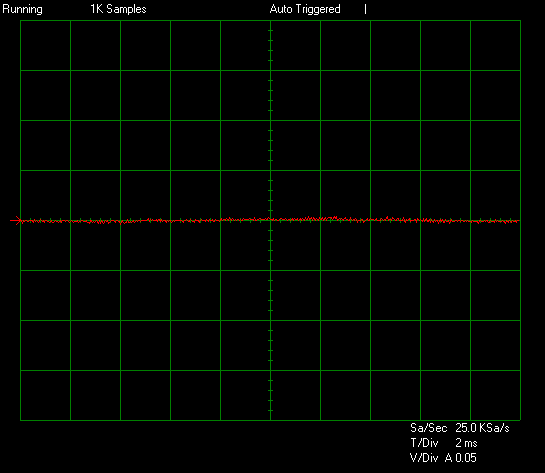

100v Input
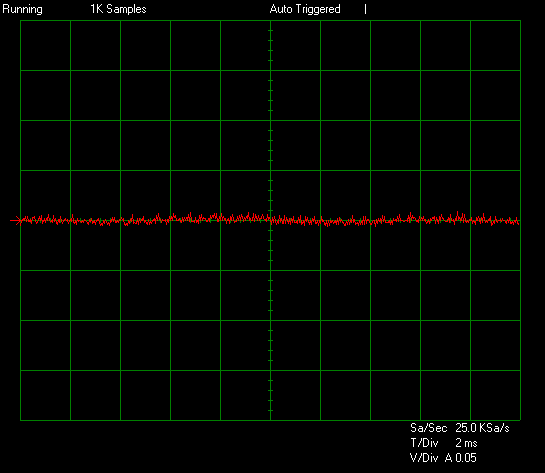
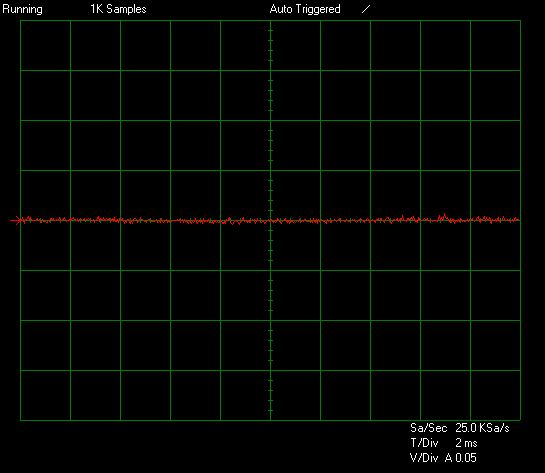

Test #1 is equal to approximately 25% of the rated capacity of the SilverStone ST1200-PTS at 45c. This makes Test #1 equal to 303W by loading the 12v rail to 23a, the 5v rail to 2a, the 3.3v rail to 1a, the +5vsb to 2a, and the -12v to 0.3a. The SilverStone ST1200-PTS is starting off in decent shape. The 12v rail is peaking at ~20mV of ripple/noise while the minor rails are peaking at less than ~10mV of ripple/noise.
120v Input
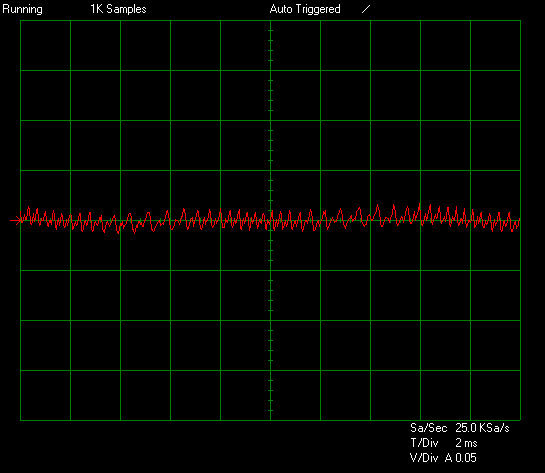
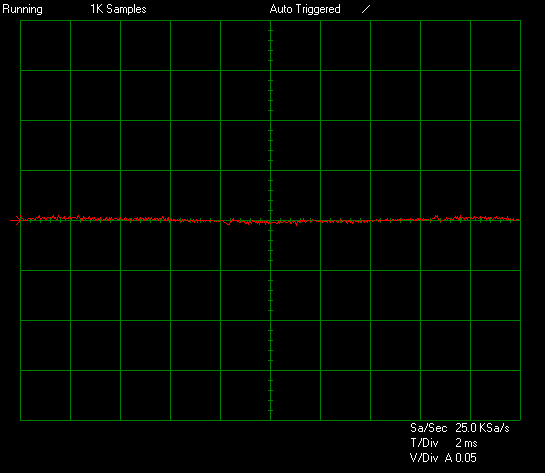
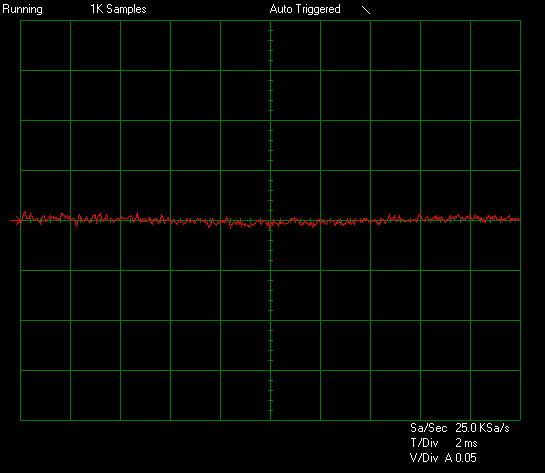
100v Input


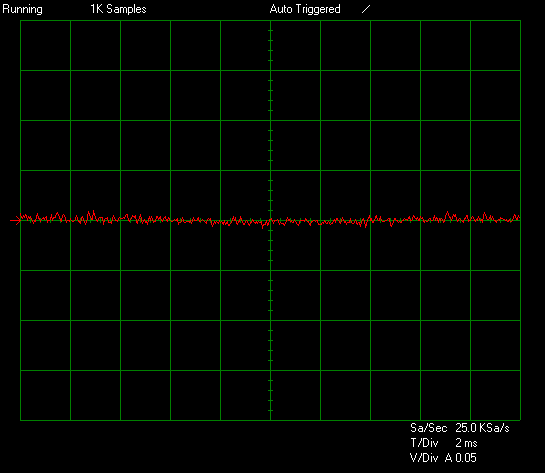
Test #2 is equal to approximately 50% of the rated capacity of the SilverStone ST1200-PTS at 45c. This makes Test #2 equal to 595W by loading the 12v rail to 46a, the 5v rail to 4a, the 3.3v rail to 3a, the +5vsb to 2a, and the -12v to 0.3a. Test #2 sees the 5v rail hit ~10mV of ripple/noise while the 3.3v rail is coming in at ~20mV of ripple/noise and the 12v rail is coming in at ~30mV of ripple/noise.
120v Input
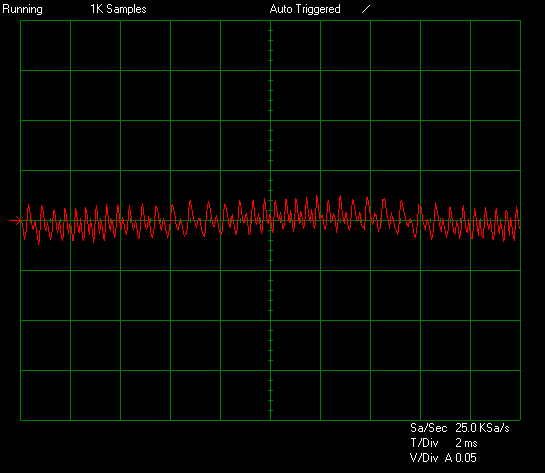
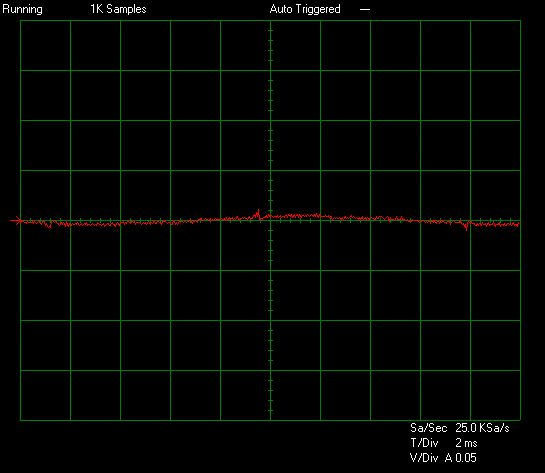
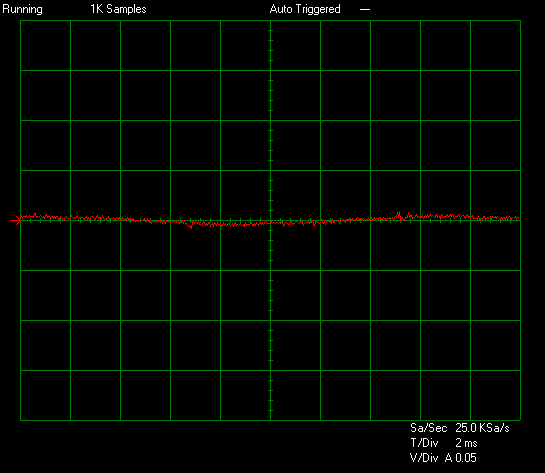
100v Input


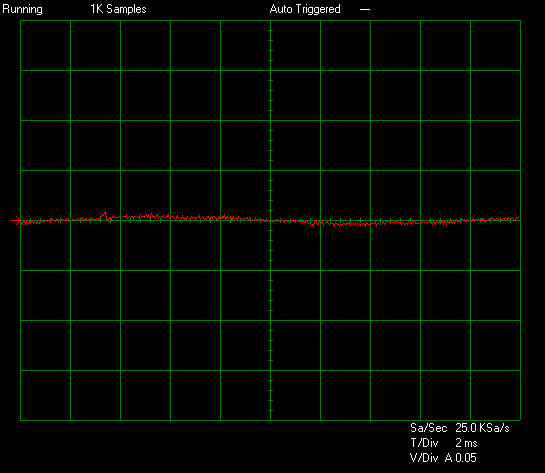
Test #3 is equal to approximately 75% of the rated capacity of SilverStone ST1200-PTS at 45c. This makes Test #3 equal to 897W by loading the 12v rail to 70a, the 5v rail to 7a, the 3.3v rail to 5a, the +5vsb to 2a, and the -12v to 0.3a. Test #3 sees the 12v rail move up to ~45mV of ripple/noise. The 3.3v rail is coming in at ~15mV of ripple/noise while the 5v rail hits ~25mV of ripple/noise.
120v Input
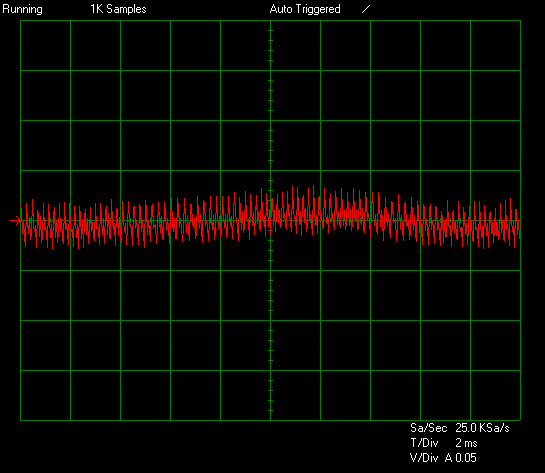
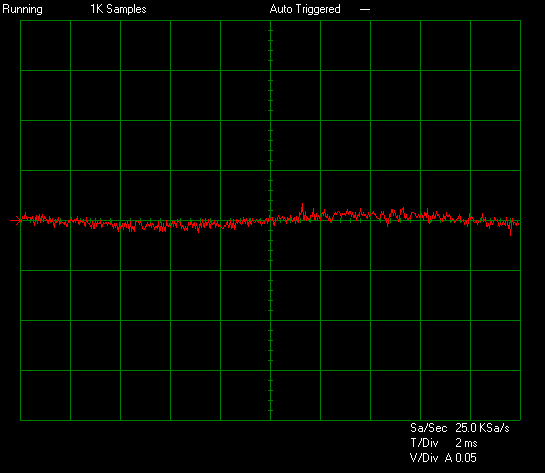
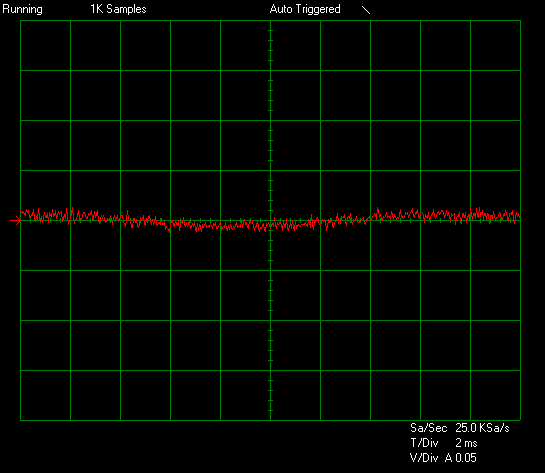
100v Input
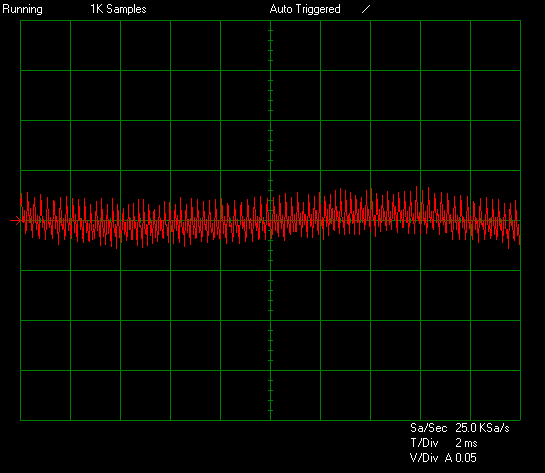

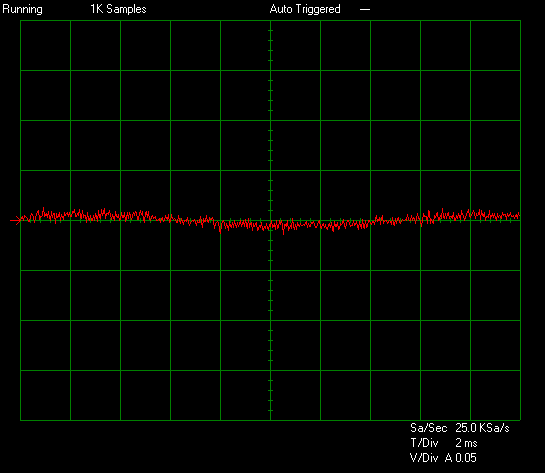
Test #4 is equal to approximately 100% of the rated capacity of the SilverStone ST1200-PTS at 45c. This makes Test #4 equal to 1177W by loading the 12v rail to 95a, the 5v rail to 5a, the 3.3v rail to 4a, the +5vsb to 2a, and the -12v to 0.3a. In the final regular test, we see the 12v rail peaking at ~65mV of ripple/noise while the minor rails are peaking at ~30mV of ripple/noise each.
Torture Test
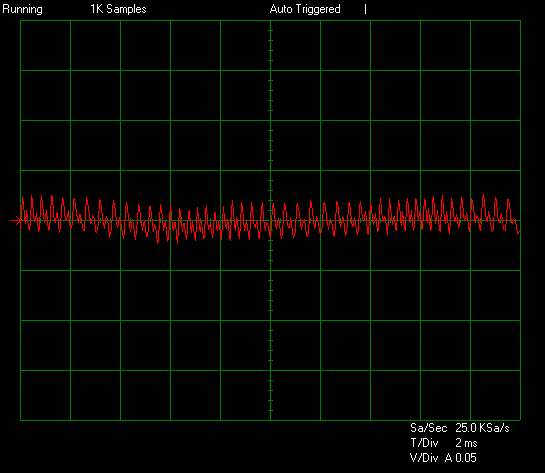
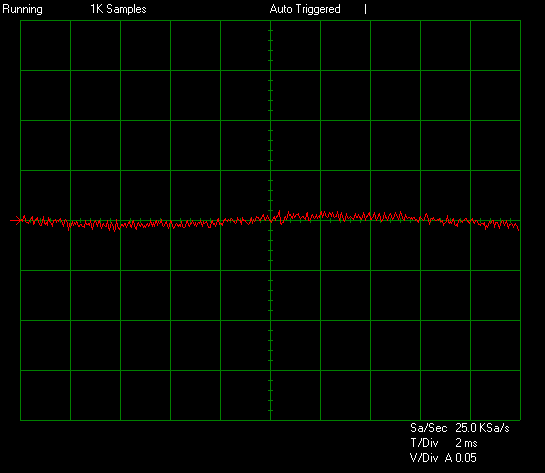
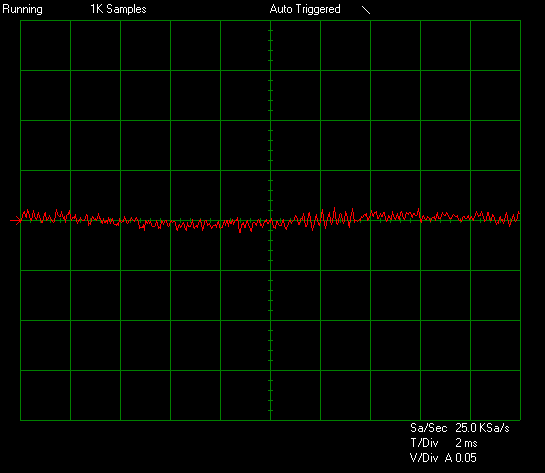
The Torture Test is equal to approximately 80% of the rated capacity of the SilverStone ST1200-PTS at 45C. This makes the Torture Test equal to 944W by loading the 12v rail to 72a, the 5v rail to 11a, the 3.3v rail to 6a, the +5vsb to 2a, and the -12v to 0.3a. At the end of the Torture Test, we see the 12v rail peaking at ~45mV of ripple/noise while the 5v rail is peaking at ~20mV of ripple/noise and the 3.3v rail is peaking at ~25mV of ripple/noise.
DC Output Quality Summary
The overall DC Output Quality of the SilverStone ST1200-PTS is passing to good. The ripple/noise values started the day off in good shape but did grow a bit during testing. Overall, the ST1200-PTS ended up posting a peak trace amplitude on the 12v rail of ~65mV followed by ~30mV on the minor rails. None of these values exit the ATX12v specification limits and the worst relative value only hit ~60% of the ATX12v specification limit. In addition to that, this unit is a much smaller 1200W unit than we normally see so it also has some special constraints on design. Overall though, while this unit did pass and keeping those limitations in mind, these aren’t the best possible results and it won’t be the absolute best 1200W unit on the market in this regard. Let’s move on now and see how all of this wraps up!
